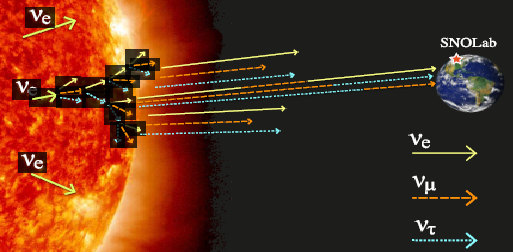Neutrinos: Mysterious Particles with Fascinating Features, which Led to the Physics Nobel Prize 2015
Abstract
The most abundant particles in the Universe are photons and neutrinos. Both types of particles are whirling around everywhere, since the early Universe. Hence the neutrinos are all around us, and permanently pass through our planet and our bodies, but we do not notice: they are extremely elusive. They were suggested as a theoretical hypothesis in 1930, and discovered experimentally in 1956. Ever since their properties keep on surprising us; for instance, they are key players in the violation of parity symmetry. In the Standard Model of particle physics they appear in three types, known as “flavors”, and since 1998/9 we know that they keep on transmuting among these flavors. This “neutrino oscillation” implies that they are massive, contrary to the previous picture, with far-reaching consequences. This discovery was awarded the Physics Nobel Prize 2015.

This work is licensed under the Creative Commons Attribution-NonCommercial 4.0 International (CC BY-NC 4.0) license.








